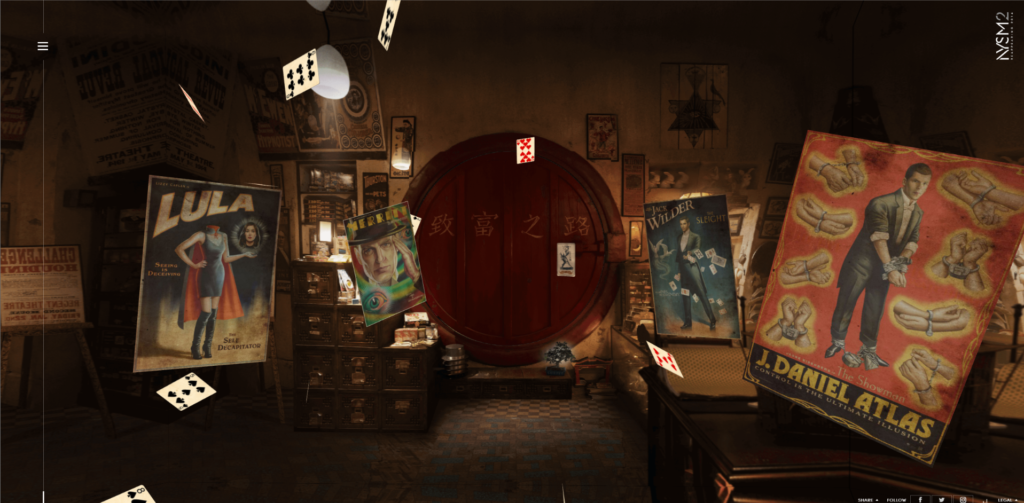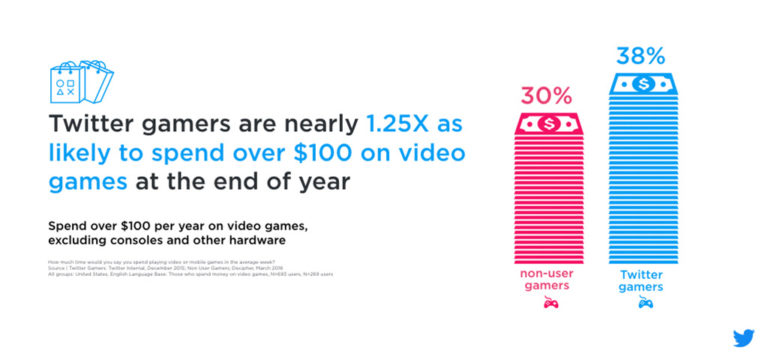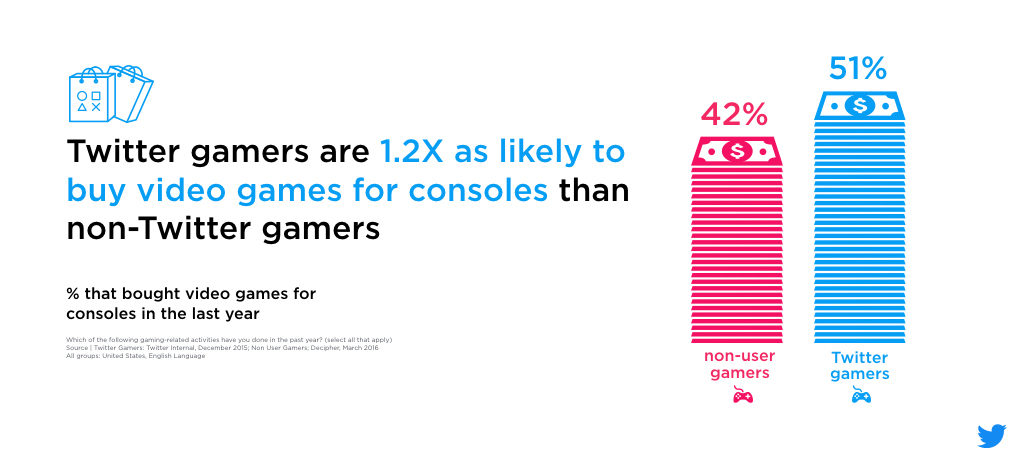Zappar’s business model is simple, yet innovative and very much in demand from forward-thinking brands: to create snackable and immersive augmented and virtual reality content experiences on mobile.
The content-creating company’s strategy boils down to working closely with brands, license partners and retailers across the world to produce innovative, customizable market-leading solutions as bite-sized entertainment. Their modus operandi has already yielded deals with an impressive list of brands that include Coca-Cola, Visa, Warner Bros, Rovio and SEGA—just to name a few.
Now the United Kingdom-based startup is putting the tools they’ve been using over the last five years into the hands of the everyman content creator by introducing a comprehensive set of AR and VR creation tools called ZapWorks. It was officially released at the Augmented World Expo in Santa Clara, California.
“It’s a rich, interactive experience that offers a different way of thinking about advertising on mobile devices. To our knowledge, there isn’t another platform that could deliver the depth of experience and with the ease of application at an affordable price point on the market,” Caspar Thykier, co-founder and CEO of Zappar, told [a]listdaily. “What we’re excited about is that five years ago, we set out to properly democratize this technology. Now that this is live, it just takes us to a completely different space. That’s hugely exciting—to put the tool in the hands of creators.”
Thykier and company are also still enjoying their AR activation for The Angry Birds Movie that featured over a billion “BirdCodes” distributed through partners such as Lego, H&M, McDonald’s and Pez. Each code introduced an AR experience.
ZapWorks was used to create the AR experiences on Pez’s dispensers tied to the Angry Birds Action! game. Gabriele Hofinger, head of marketing for Pez International, said: “We pride ourselves on being the pioneer of interactive candy, so it’s a natural next step to move into AR and add another layer of interactivity for our customers. What Zappar is doing with these tools will really bring this tech to bear in the marketplace.”
Thykier joined [a]listdaily to talk about how he’s re-imagining what’s possible on the mobile canvas.

ZapWorks offers fully vertically integrated tools that provide a single user interface for creating and distributing content and gathering analytics. Can you further explain the platform?
It’s only been at this point probably where we wanted to have a direct and proper dialogue with agencies, and make sure the tools were ready and fit for purpose for all developers. I think with the launch of ZapWorks, we’re at that point. We’ve had the studio piece in beta for the last nine months. We had 3,000 downloads, and learned what that community wants. I think we’re at a point now where we’re confident in the tools external people have accessed, and that it’s the same as that we’re using. Our job now is to keep that quality threshold high and really teach this new audience of digital creators how to go about building things of a similar standard. That now becomes our job, really.
What’s your take on AR or VR brand activations? Does one work better than the other in terms of marketing?
It’s a very interesting question. This year, more than any other year, you go to events and conferences, you have AR and VR pitted against each other like a weird celebrity death match like ‘who’s going to win?’ And I’m not sure if that’s fair, really. They offer different context, and they both have equal merit. Our view on it is ‘how do we make sure any of these experiences are available to as many people as possible.’ But brands need to make sure it conforms to the right context for the end user, and have it makes sense for that specific occasion. ‘What’s the business problem you’re trying to solve? What is the challenge? And what’s the best way to approach it?’ I definitely don’t subscribe to ‘which one’s better’ because they’re different experiences.
How was the partnership with Rovio formed for The Angry Birds Movie activation?
It was actually one of those brilliant bits of new business developments. It couldn’t have been better. We actually started with a small interactive-annual publication in the UK called Pedigree Publishing. They work with licensed products, one of which was Rovio. We had created a range of augmentations that had appeared in Pedigree, and it caught Rovio’s attention. Unbeknownst to us, they’d obviously been in the background trying to understand what their strategy would be around connecting the physical world of things to digital devices, and how that would play around the movie launch. After that, they approached us. They’re a great company to work with. They have a clear understanding of the digital world, because that’s where they come from. They’re willing to take it to its furthest level in terms of properly integrating things in their product and promotions. It’s a perfect example of where we got in, right in the ground floor with their thinking, and how they were going to activate this entire program.

Can you dive a little deeper in the activation? How did it work?
We created a custom code, based on our Zap code scheme, and more than a billion bird codes were released around the world. We worked with them to identify a range of experiences that can then be applied to different partners like McDonald’s and Pez on how to create rich and immersive AR experiences that are easy to execute on a global scale. That’s where the beauty of things like a custom code come in because it alleviates a lot of the difficulty of activating and implementing these things for huge multinationals. We gave them a light, six-to-seven megabyte embed component. When you first open the app, it’s a really easy thing to get into. The scanning code is always readily available. With Pez, we made a specific mini-game that used their candy as a way to make an experience that was related to the game, but also gave them branding within it. We had to make the user interfaces work all around the world. We wanted to have different partners have completely different experiences that were exclusive to them. And that’s important for different markets for Rovio to construct those partnerships with different retailers and brands.
You’ve worked with a slew of diverse brands. Which sectors work better than others for bite-sized experiences?
The clients we work with tend to be the thought leaders in their market. If they’re not No. 1, they’re No. 2—people who have innovation as part of their DNA and culture. Rovio epitomizes this. There’s only certain ones we’ve begun to identify that are doing loads of more work. From a sector perspective, we’ve certainly been doing activations with entertainment studios like Warner Bros., book publishing, education, pharmaceuticals, consumer packaging, and events. There are a number of verticals which AR provides a specific solution. Once someone does it, it kind of gives others permission to do it, too, because they don’t have to be the ‘fall-guy.’ It’s about identifying the business need, and creating repeatable business around it. We learned there was traction of AR in the retail environment. We learned through doing.
What are the keys to a successful AR campaign? How do you formulate a strategy?
It boils down to the four C’s to success that we talk about a lot: context, call to action, content and commitment. Context is at the apex. It has to be the right occasion. Consumers have to have an interest in what they’re looking at to give it the time and attention it needs. Plus, there are other elements like light, audio, and if there are people walking in front of you. The CTA is as important as the technology. You clearly have to tell people what they’re going to do. There is no way around it, or else people won’t engage. If everything is aligned, you have great levels of engagement. It will work.
Follow Manouk Akopyan on Twitter @Manouk_Akopyan








